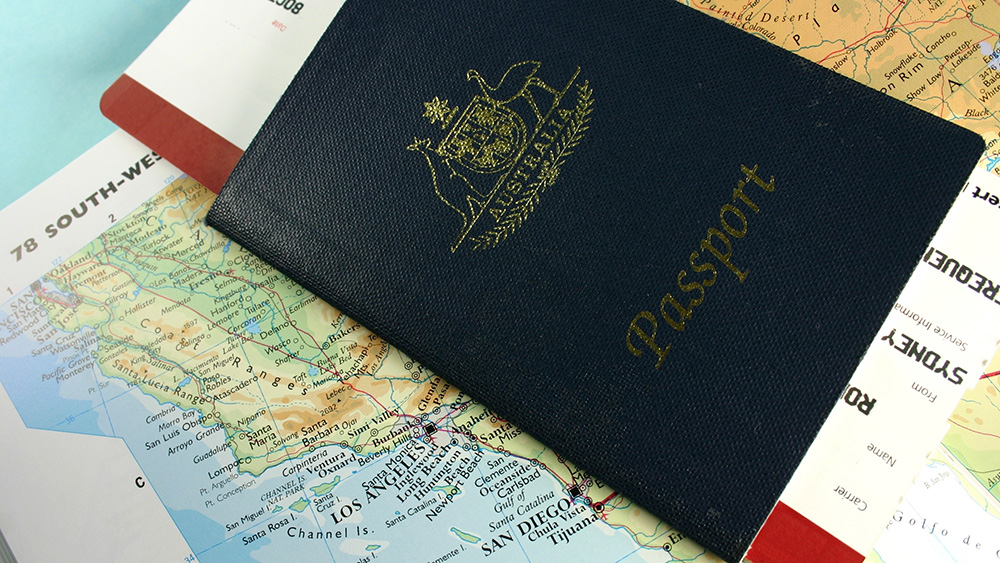
In a 2022 report by the Migrant Workers Centre, Waiting to Be Seen: Problems of Australia’s Visa Processing Delays, the MWC made recommendations to the Australian Government to solve the issues surrounding the escalating waiting times for those applying for visas.
MWC reported some processing times were taking years, leaving people frustrated and uncertain about their future. For example, “A migrant worker who applies for a Skilled Independent visa (subclass 189) can expect to wait for 39 months to become a permanent resident,” while “the processing time for the subclass 887 visa is currently 25 months, which has more than doubled from 2018.”
The Department of Home Affairs website claims they are aware of the backlog and that processing on-hand visa applications is a government priority. “We have reallocated staff to focus on offshore skilled, student and visitor visas so that more people can travel to Australia.” But the MWC claim that doing this only addresses the immediate needs of businesses, not the skills that benefit the country in the long run. They also point out that “The growth of visa applications is partially owing to the short expiries of temporary visas. As it gets harder to apply for permanent residency, many migrant workers need to take out multiple temporary visas until they become eligible for a permanent visa.”
Data shows that in 2017 the number of people on Bridging Visas was 130,450; in four years, that number increased to 333,357.
The MWC explains, “The Government can set its own priorities when processing visa applications, but it cannot be an excuse to make certain visa subclass applicants wait for years to get their visa. Issuing a visa is an administrative task and it should not take several months before one hears back from the Department about their application. Canada, for example, aims to process visa applications in six months and has increased funding and hired additional staff for visa processing. Australia does not have such a benchmark against which to reduce visa processing times.”
The five recommendations made by the MWC include the following:
- Establish clear pathways to permanent residency for all temporary visa programs so that migrant workers are not pushed toward extended, arbitrary visa hopping.
- Allocate increased resources and public service employees to visa processing to clear the existing backlog of onshore visa applications and maintain a reasonable level of resources and workforce required to process visa applications in six months at the maximum.
- Provide clear information and grievance redress channels for visa processing.
- Improve access to justice, compensation, and treatment for migrant workers on temporary visas
- Remove the work restrictions for people holding Bridging Visa E.
The Department of Home Affairs advises, “We have focused resources on visa processing. This includes recruiting new staff. We are reviewing our processes. Wherever we can, we aim to streamline the processing of applications without compromising program integrity.” When asked when things will improve, they say, “We expect that processing times will improve in the coming months.”
NO BORDERS LAW GROUP: #1 TRUSTED MIGRATION LAWYERS
Email: [email protected]
Tel: +61 7 3876 4000
Consultation: https://www.noborders-group.com/form/free-consultation
